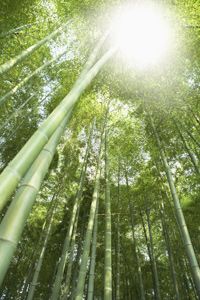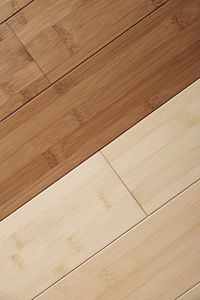So you want to make your home as environmentally friendly as possible. You set up your compost bin, install low-flow toilets and buy energy-efficient appliances. But when it comes to your floor, how eco-friendly can you really get? You've probably heard that bamboo floors are much kinder to the environment than traditional hardwood floors, but just how green are they?
People worldwide have used bamboo floors, and other bamboo-based products, for many years, but the United States has only recently caught on to this phenomenon. The environmental benefits of bamboo floors range from being a renewable resource to being a carbon gulper (more on that later).
Advertisement
However, not everything is coming up green for bamboo. Bamboo is only renewable if it's properly maintained, and the fertilizers, pesticides and clear-cutting that has become more common to keep up with the demand for bamboo has made it less than an eco champion. There's also the cost of transportation, as well as the cheaper bamboo that has popped up on the market, which is not only less durable but also may use formaldehyde emitting finishes.
In this article, we'll discuss the environmental pros and cons of bamboo flooring, as well as alternatives and whether they're better choices for your home.
Advertisement




